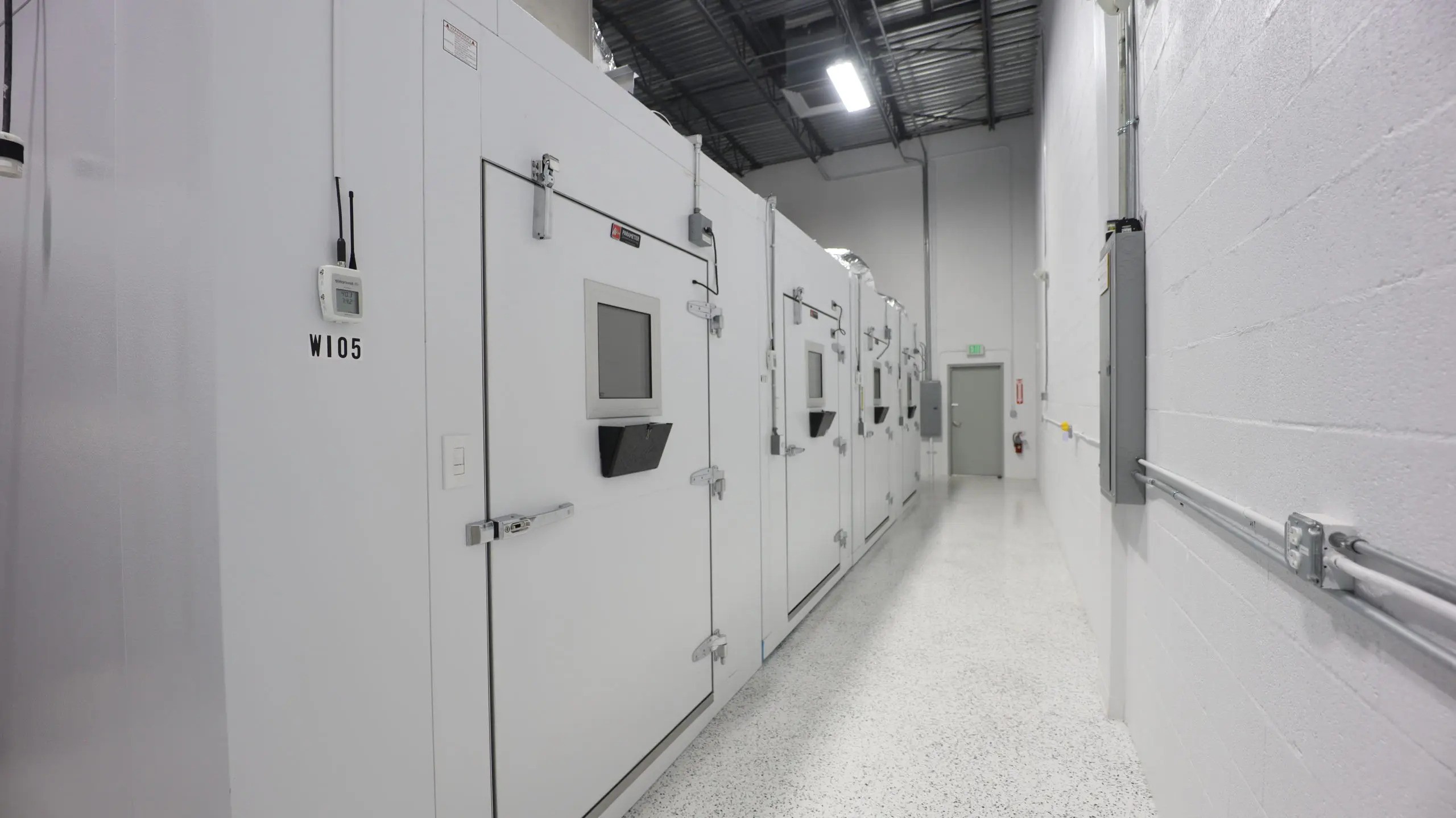In the realm of pharmaceuticals, biotechnology, and various scientific industries, the importance of stability chambers cannot be overstated. These specialized environments play a pivotal role in ensuring the safety and efficacy of products by simulating real-world conditions. Behind the scenes, manufacturers of Walk in Stability Chamber are at the forefront of scientific innovation, continuously refining their designs and technologies to meet the evolving needs of diverse industries.
Understanding Stability Chambers:
Stability chambers are precision-engineered devices designed to replicate and maintain specific environmental conditions, including temperature, humidity, and light exposure. These controlled environments serve as testing grounds for products such as drugs, vaccines, and other sensitive materials, enabling manufacturers to assess their stability and shelf life over time.
Key Components and Technologies:
Manufacturers invest significant efforts in incorporating cutting-edge technologies and components into stability chambers to guarantee accuracy and reliability. Some of the key elements include:
- Temperature and Humidity Control:
- Advanced heating and cooling systems ensure precise temperature control, mimicking a range of climates from arctic cold to tropical heat.
- Humidity control systems prevent moisture-induced degradation, critical for products sensitive to water vapor.
- Uniform Airflow:
- Proprietary airflow systems are designed to ensure consistent distribution of temperature and humidity throughout the chamber, minimizing the risk of localized variations.
- Lighting Systems:
- Manufacturers integrate customizable lighting systems to replicate exposure to natural or artificial light, crucial for products susceptible to photodegradation.
- Data Logging and Monitoring:
- State-of-the-art data logging and monitoring systems track and record environmental parameters in real-time, providing invaluable data for quality assurance and compliance purposes.
- Validation Processes:
- Rigorous validation processes are implemented during manufacturing to guarantee the chamber’s performance and adherence to industry standards and regulations.
The Role of Research and Development:
Manufacturers are constantly engaged in research and development activities to enhance the capabilities of stability chambers. This involves collaboration with experts in various scientific fields to stay abreast of emerging challenges and industry trends. The integration of smart technologies, artificial intelligence, and machine learning is becoming increasingly prevalent, allowing for more efficient control and monitoring of stability chamber conditions.
Compliance and Regulatory Standards:
Manufacturers play a crucial role in ensuring that stability chambers comply with stringent regulatory standards set by organizations such as the International Council for Harmonisation of Technical Requirements for Pharmaceuticals for Human Use (ICH). Compliance with these standards is essential to guarantee the reliability and reproducibility of stability testing results.
Environmental Sustainability:
In addition to functionality and compliance, modern manufacturers are increasingly focusing on incorporating eco-friendly features into stability chambers. Energy-efficient designs and sustainable materials contribute to reducing the environmental footprint of these essential devices.
